Capcom is one of the largest and most important developers in the gaming industry. They developed and published dozens of games that would grow to become beloved classics and successful franchises over the course of their four decades of existence. It was Capcom that birthed and nourished the fighting genre in the 80’s and the 90’s, almost single-handedly. They also created classic franchises such as Megaman, Resident Evil, and Ghosts ‘n Goblins.
They, however, had also plenty of other franchises whose lifespan was cut short for a multitude of reasons. Breath of Fire is one of them.
As a matter of fact, Capcom seemed to have a hard time pushing their old franchises, aside from Resident Evil, to the Playstation 2 era. They had the most success with new IPs, such as Devil May Cry, and mobile games, such as Monster Hunter. Although they would still release Resident Evil games with consistency and polish, it seemed that financial success was not within their grasp in home consoles.
It changed, however. Those who were not hiding in caves for the last few years saw a resurgence of Capcom, a renewed Triple-A behemoth with an impeccable streak of successful releases for the Playstation 4 and Xbox One. It started timidly, with the modest release of Dragons’ Dogma back in the Playstation 3, but then it exploded with the colossal release of Monster Hunter: World, the highly-polished remakes of Resident Evil 2 and Resident Evil 3, the commercial success of newer Resident Evils exploring new aspects, and finally with an incredibly looking and smooth Devil May Cry 5.
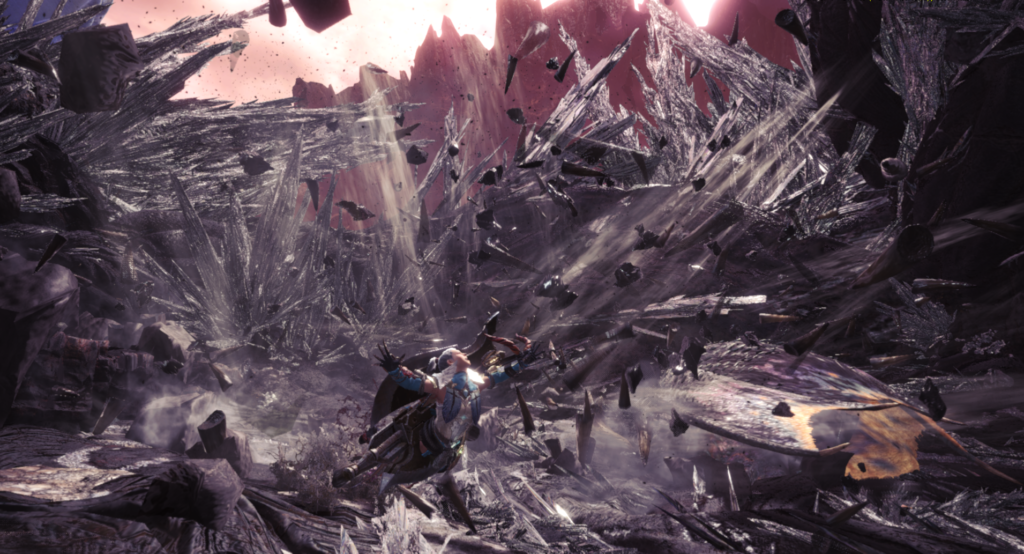
They Are Ready
What does this mean for Breath of Fire? It means a few things: first, Capcom earned money, lots of it. Monster Hunter: World is an unprecedented success for the publisher, smashing sales records with a combined 23 millions copies sold along with the Iceborne expansion. To keep things in perspective, their second best-selling game is Resident Evil 7, with 8.3 million sales.
The second thing is popular confidence. This recent streak of highly successful games both commercially and among critics means they are allowed for minor failures in the near future. They can take a risk now and it wouldn’t impact their image for the long run if a game is just “OK”.
Lastly, they have the skill. As said, most of these recent games are hallmarks of visual and gameplay experiences. Monster Hunter: World is such a masterful game that, for example, I have a really hard time accepting the crude action combat of other games these days, such as The Witcher 3 or Code Vein. Capcom’s development teams are perhaps the best in Japan right now in almost every aspect. I see them delivering higher technical quality than Square Enix, for example.
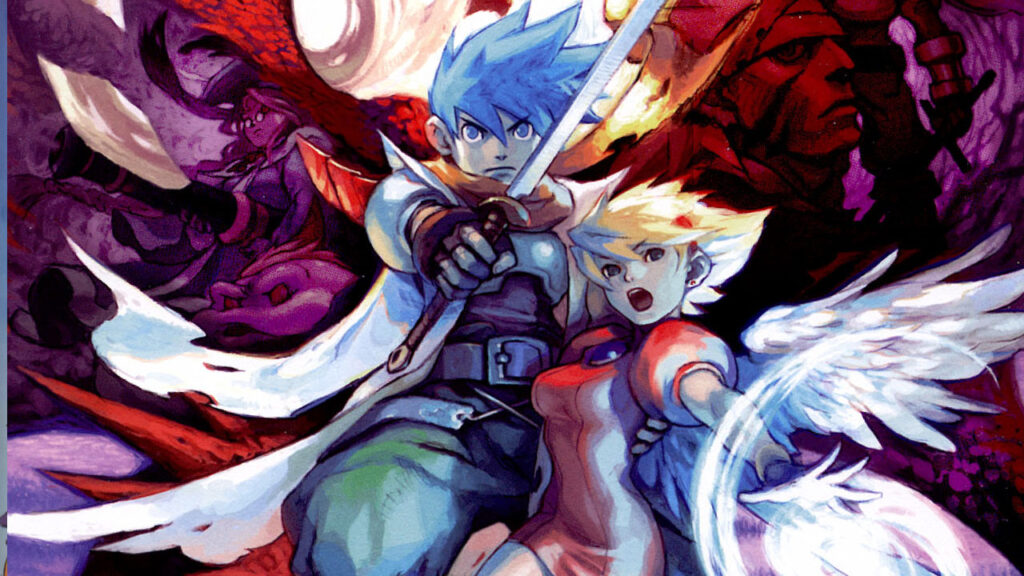
Breath of Fire
The Breath of Fire franchise faded away after Capcom butchered it by releasing Breath of Fire V: Dragon Quarter. It was not a bad game, it was in fact a decent one, but it simply ripped apart the very core of the franchise. Until that game, the franchise has been focusing on telling a high-fantasy journey of a group of heroes as they uncover secrets about the past of the world, gods, and dragons that once steered the unfolding of history. The fifth entry, however, purged away the traditional RPG elements akin to a tabletop game of Dungeons & Dragons and tried its hand in a post-apocalyptic steampunk journey with heavy dungeon crawler elements. It was a big departure that cracked the fanbase and confused possible new players.
I don’t even need to mention the pathetic attempt at using the Breath of Fire name to market a colorful web-based game in 2016 to earn some quick cash.
If Capcom is to dig the Breath of Fire franchise out of its grave, it needs to be a reboot. There are two main reasons for that: the last two games stained the franchise’s core and mission, making the franchise unrecognizable and unpredictable; the last successful game, Breath of Fire IV, released 20 years ago, meaning there is a generation gap to please and market to, and a possible Breath of Fire with a “VII” in it is certain to push away newcomers or even those who skipped the franchise in the past.
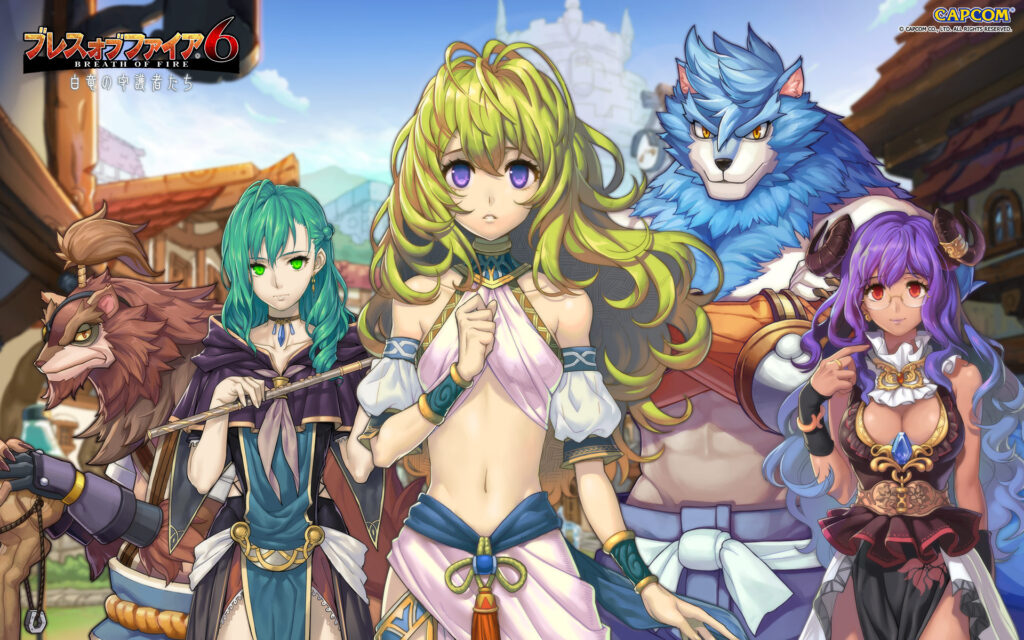
It needs to change
However, using necromancy on Breath of Fire with a name of just “Breath of Fire” is not enough to go on. That’s where all those things I mentioned early come to play: Capcom’s money, popularity, and skill.
In order for a Breath of Fire to succeed in today’s market, it would need changes, drastic changes.
If Breath of Fire is released as a 2D game, it would simply limit its marketing and strangle the franchise once again for the foreseeable future. Old fans like myself would enjoy a game like that, especially if it’s done with a visual presentation akin to Octopath Traveler or the sketch visuals of Eiyuden Chronicles, but it would mean focusing on a niche group of fans with very little chance of it becoming a financial success and truly reviving the franchise.
When it comes to a modern Breath of Fire, there’s a Capcom game that may serve as a starting point for it: Dragon’s Dogma. Yeah, I know the game has crappy storytelling and I don’t even know how it became a cult classic, but it does incorporate many of the traditional elements that made Breath of Fire shine back in the day: the journey of self-discovery, prominent dragons (or dragon, in this case), the high-fantasy setting, a darker ambience, and a party system.
Dragon’s Dogma, however, not only lacked the higher points in storytelling that Breath of Fire brought, but also had much to improve in terms of exploration, dialogues, and polish.
It’s the core though. If Breath of Fire is to resurrect and earn a spot of critical and financial success, the key element is to turn it into an action RPG with a fully explorable world. Capcom, however, has since greatly improved their skills. Monster Hunter: World comes to show us that.
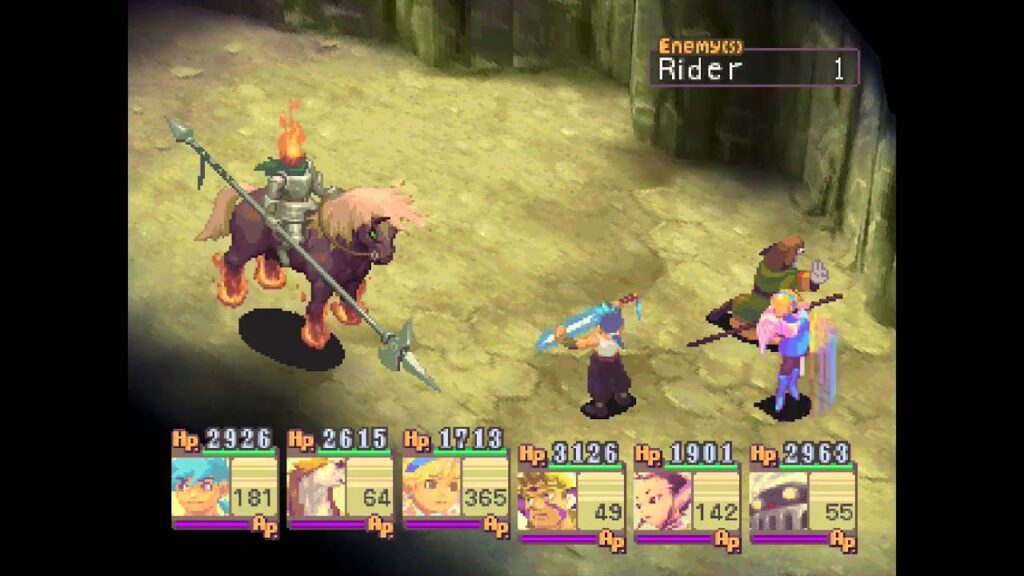
Dragons
Monster Hunter: World has the very best dragons in gaming. They are fearsome, they feel alive, they hit hard, they are majestic, and they are pretty much fully integrated into gameplay. This is key for Breath of Fire because, yeah, its protagonist usually transformed into a dragon himself. It would make sense for Capcom to use what they have refined in Monster Hunter: World to create playable dragon-creatures that Ryu would turn into, and also craft incredibly looking bosses and enemies.
This combination of a Dragon’s Dogma game with mechanics and fearsome foes from Monster Hunter: World is perhaps the best formula to follow when reviving a dead RPG franchise today. It’s even more important to understand the potential of this combination when we look at the success of recent RPGs with similar models, mainly Dragon Age: Inquisition, The Witcher 3, and Elder Scrolls: Skyrim. Also, other franchises veered towards RPG-like elements with great success, such as the God of War reboot and Assassin’s Creed: Odyssey.
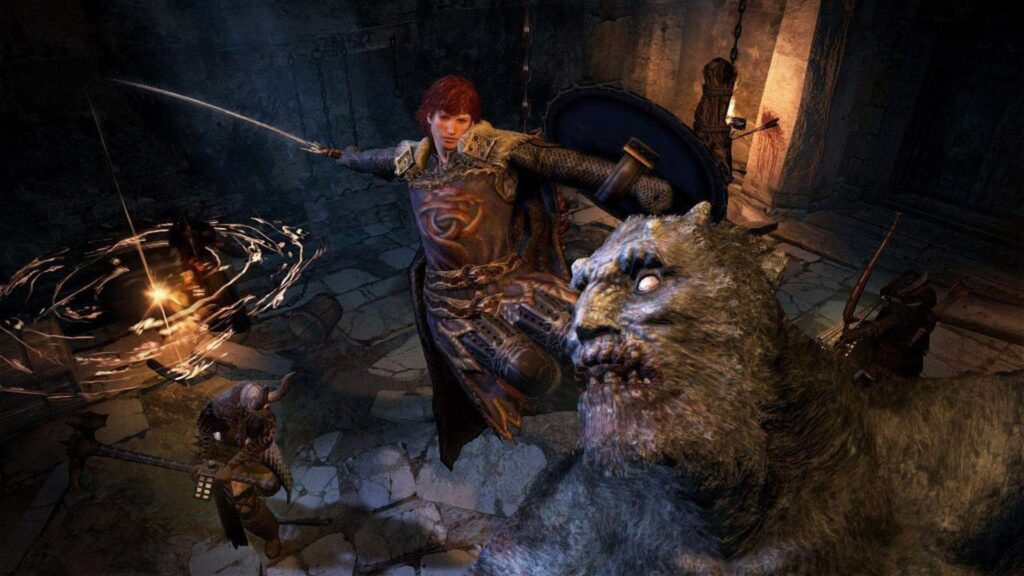
Yeah, that’s right
What? You want Breath of Fire to compete with The Witcher!!??? Fuck Yeah. That’s what Breath of Fire is about. It was never just about a JRPG with cute anime-like characters, it was about a true Dungeons & Dragons experience in digital form, with a party of exotic races and classes traveling towards an objective while dealing with the world’s past, their gods, angry leaders, and dragons. In today’s scene, a game like that would certainly compete directly with Dragon Age and The Witcher.
It would, however, require careful considerations. I mean, its visual presentation would require hard thought. If the game is to embrace the Triple-A aesthetics, which I think it should, it would need to move away from recent Resident Evil and Devil May Cry games. It could try to use eye-catching cartoon visuals such as in Breath of the Wild, but perhaps the best chance to succeed would be a full-change to realistic proportions and materials, following suit with Monster Hunter: World aesthetics in general.
This way, a Breath of Fire reboot would compete directly with heavy hitters like Final Fantasy XVI in the east. It has the pedigree for that, Capcom is today, in my opinion, a better developer than Square Enix, the audience is digging for this kind of game like never before, and there is very little competition in the higher tier.
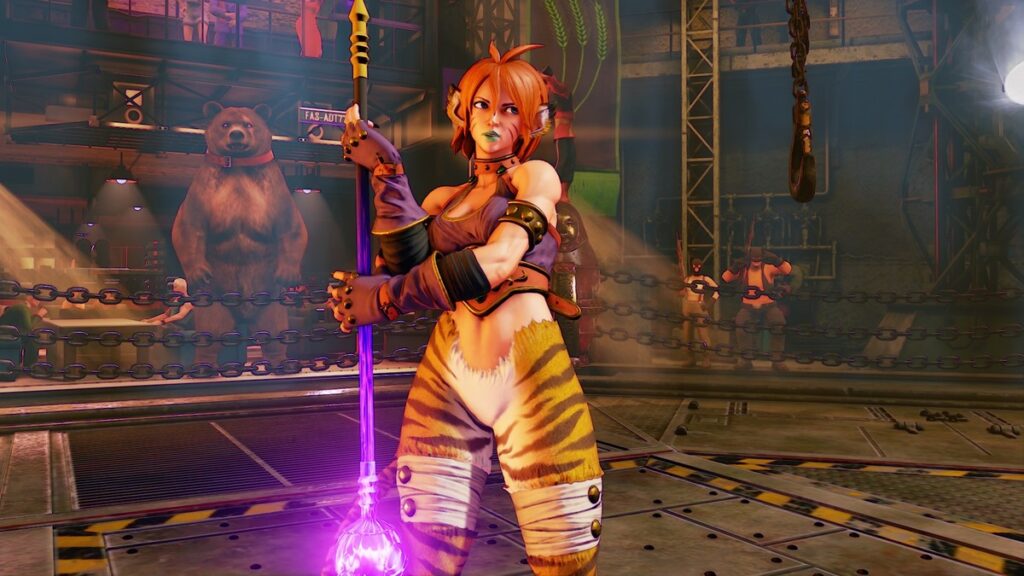
I would love to see that
Anyway, these are my thoughts. As a player who got lured into the RPG genre because of Breath of Fire III, I would be rejoiced to see a fully modeled realistic Ryu fighting like a hunter from Monster Hunter and transforming into a Rathalos to breath fire and claw its path through enemies. My only concern in this aspect is in how Capcom would deal with exploration, as japanese developers are known to really struggle with modern open worlds. I would prefer a semi-linear experience with smaller maps, but heck, just seeing a Breath of Fire logo bursting into flame in a E3 presentation and Ryu morphing into a raging dragon would be enough to sell me the game.
